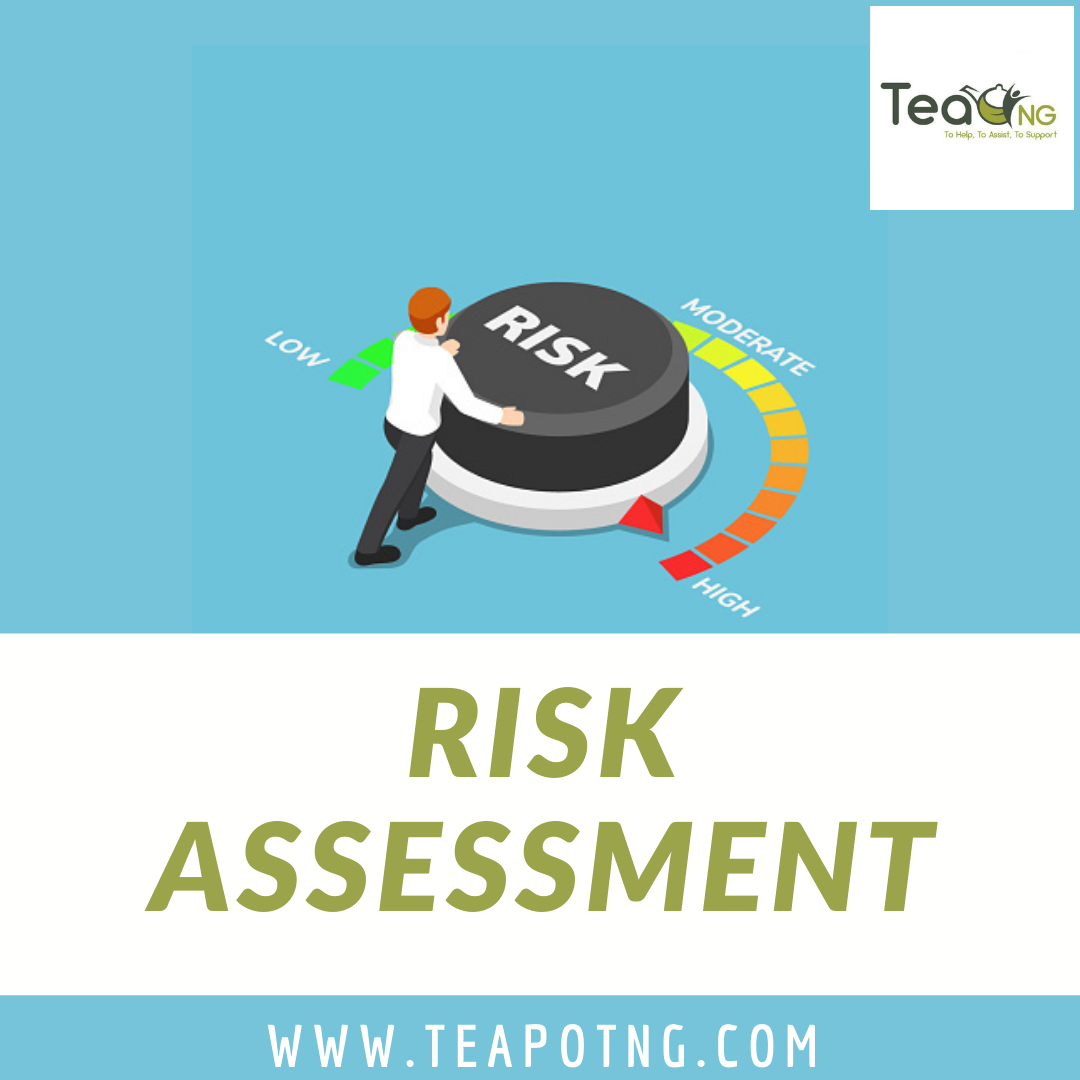RISK
ASSESSMENT
Risk Assessment is a thorough
look at your workplace to identify those things, situations, processes, etc.
that may cause harm, particularly to people.
After identification is made,
you analyse and evaluate how likely and severe the risk is. When this determination
is made, you can next, decide what measures should be in place to effectively
eliminate or control the harm from happening.
Importance of Risk
Assessment
· Create awareness of hazards and risk.
· Identify who may be at risk such as employees,
cleaners, visitors, contractors, the public, etc.
· Determine whether a control program is required for a hazard.
· Determine if existing control measures are adequate or
if more should be done.
· Prevent injuries or illnesses, especially when done at
the design or planning stage.
· Prioritize hazards and control measures.
· Meet legal requirements where applicable.
What is the aim of risk
assessment?
The aim of the risk
assessment process is to evaluate hazards, then remove that hazard or minimize
the level of its risk by adding control measures, as necessary. By doing so,
you have created a safer and healthier workplace.
When should a risk
assessment be done?
There may be many reasons a
risk assessment is needed:
· Before new processes or activities are introduced.
· Before changes are introduced to existing processes or
activities, including when products, machinery, tools, equipment change or new
information concerning harm becomes available.
· When hazards are identified.
How to plan for risk
assessment
· What the scope of your risk assessment will be (e.g. be
specific about what you are assessing such as the lifetime of the product, the
physical area where the work activity takes place, or the types of hazards).
· The resources needed (e.g., train a team of individuals
to carry out the assessment, the types of information sources, etc.).
· What type of risk analysis measures will be used
(e.g., how exact the scale or parameters need to be to provide the most
relevant evaluation)?
· Who are the stakeholders involved (e.g., manager,
supervisors, workers, worker representatives, suppliers, etc.)?
· What relevant laws, regulations, codes, or standards
may apply in your jurisdiction, as well as organizational policies and
procedures.
